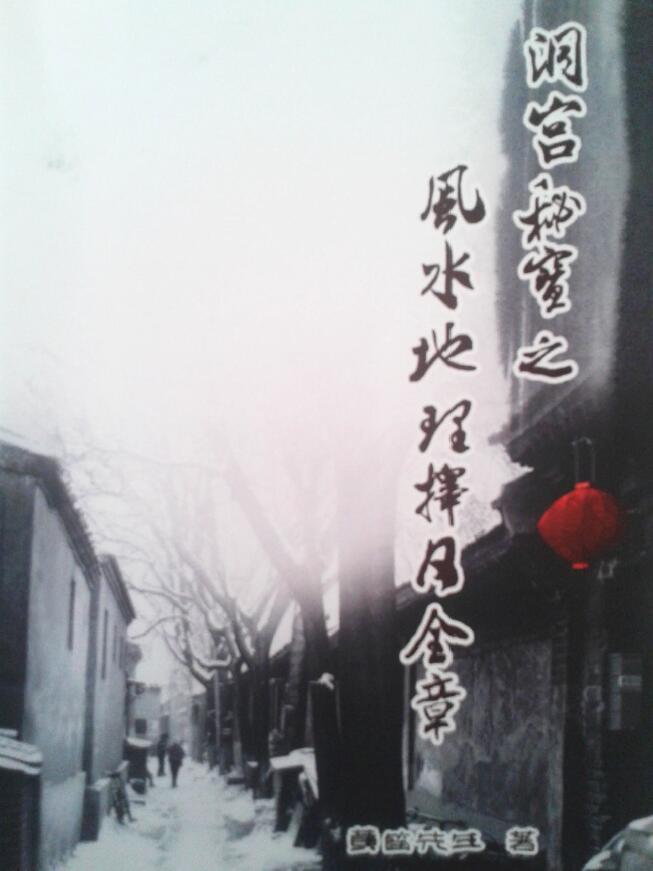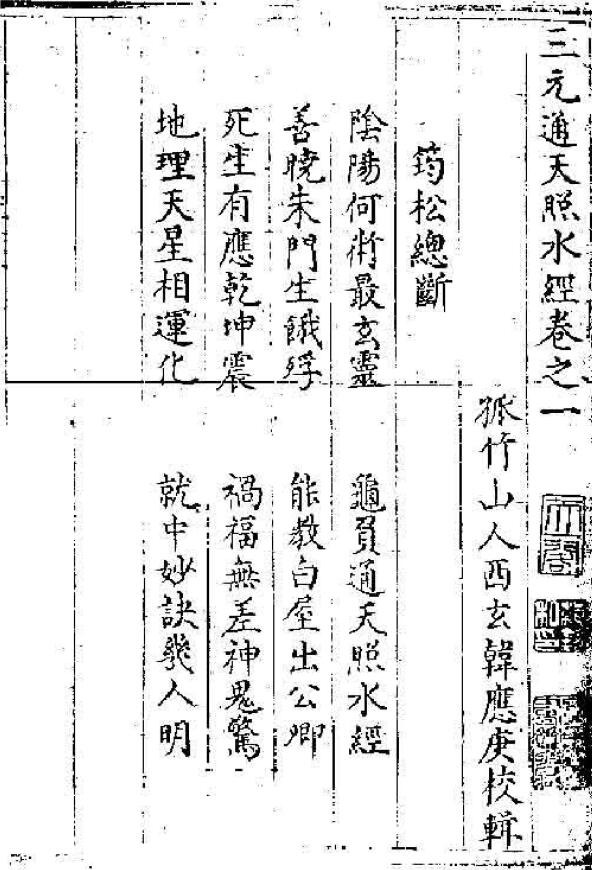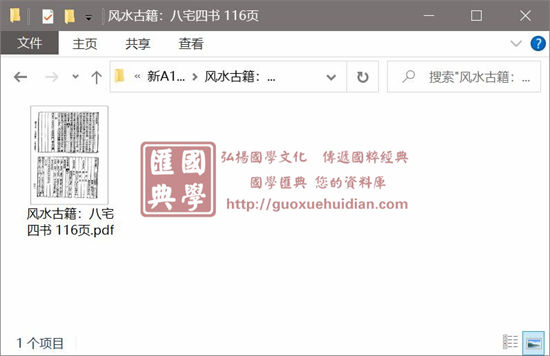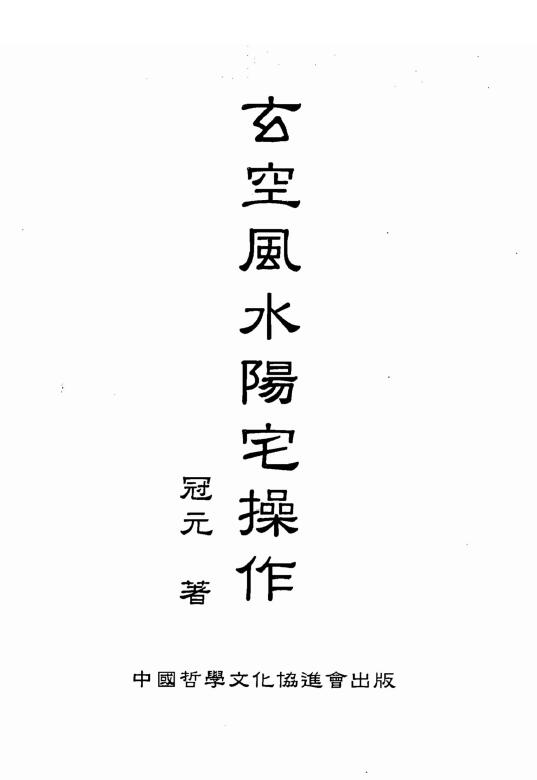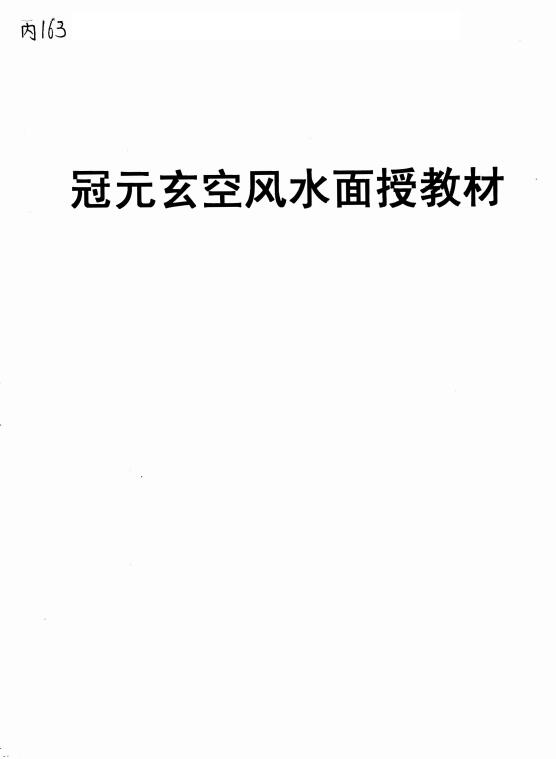Huang Di’s “Five Geographic Dialectics”
Huang Di’s “Five Judgments of Geography Dialectics” PDF e-book download. Introduction In the Sanhe School of Fengshui, the book “Five Judgments of Geography” written by Zhao Jiufeng’s master and apprentice in the Qing Dynasty plays a very important role. It simplifies the complexity and summarizes the elements in geographical geomantic omen into five elements: dragon, cave, sand, water, and direction. Among them, “Xiang” is the summary of various elements, and it is the key to eliminate sand and accept water in Fengshui.
Huang Di’s “Five Geographic Dialectics” PDF e-book download.
Introduction
In the Feng Shui of the Sanhe School, the book “Five Geographical Judgments” written by Zhao Jiufeng’s master and apprentice in the Qing Dynasty has a very important position. It simplifies the complexity and summarizes the elements in geographical geomantic omen into five elements: dragon, cave, sand, water, and direction. Among them, “Xiang” is the summary of various elements, and it is the key to eliminate sand and accept water in Feng Shui. Because this book is easy to understand, once it came out, it aroused great repercussions in the Feng Shui circle, and became a tool bibliography for future generations to learn Sanhe Feng Shui. Feng Shui has a long history and is one of the wonderful works of Chinese culture. However, because Fengshui theory has been used as a tool for feudal dynasties to rule the people for generations, and Fengshui masters of all dynasties have regarded Fengshui theory as a secret, they always follow the rule of “teaching orally”. Therefore, in the inheritance, the essence and the dross always coexist. Similarly, the book “Five Judgments of Geography” cannot jump out of this vicious circle, and there are many dross in it. The forty-eight patterns of Sanhe Fengshui described in the original book are far from the pattern of the ancient Sanhe. It is only framed by water mouths, and has been collected and widely circulated by many authoritative reference books of later generations; the twelve water mouth pictures in “Xiang Xiang Fa Wei” in the original book are even more sloppy and full of mistakes, full of contradictions. It only stands in the direction of water, abandoning the elements of coming dragon and water, and its language is extremely provocative and absolute, which has caused many unreasonable scholars to use it according to the scriptures, causing many tragedies in the world! And because of its low verification rate, many later scholars think that Sanhe Fengshui is dross and discard it, criticizing it. Modern Sanhe Fengshui is even more mixed. Some scholars divide the Sanhe faction into the ancient Sanhe, the upward Sanhe, and the new Sanhe. In fact, there are only two schools of Sanhe Fengshui, namely the upward Sanhe and the sitting Sanhe. The upward triad is used to determine the five elements and the twelve longevity, which are used to dispel sand and receive water. It is based on the forty-eight bureaus in the ancient Sanhe method, and pays attention to the coordinated use of dragon, water and Xiang. In Feng Shui, it is widely used. Zuoshan Sanhe is to use the method of dividing gold by sitting on a mountain to determine the twelve longevity. This method of dividing the gold thread, that is, the secret method of Yanggong Temple to divide the gold, is an effective supplement to the ancient method of Sanhe forty-eight bureaus. Of course, it is not the seventy-two dragon death method currently used by many scholars. The forty-eight grids of the Sanhe ancient method include the eight grids of Xiangshui Chaoyuan and the eight grids of Sanhe Lianzhu. These sixteen grids were created by Huang Shigong in the Han Dynasty; Kubage was created by Tang Yang Junsong. The above four are collectively known as the forty-eight grids of the Sanhe ancient method, which have been regarded as the top secret of Fengshui throughout the ages, and belong to the content of oral instruction from masters. At present, many versions of “Five Judgments of Geography” on the market are mostly circulated with simple vernacular annotations, without in-depth research and discussion on its theory. This book dialectically discusses “Five Geography” at a high level from the perspective of easy theory. For the first time, the book discloses the forty-eight bureaus of Sanhe ancient geography, which closely revolves around the coming dragon, the foregone conclusion of coming and going water, and the method of standing direction, revealing the truth of Sanhe Fengshui. Scholars only need to think carefully from the perspective of easy theory to know whether the two are true or false. At the same time, this book dialectically proves the fallacy of the twelve water outlets in the original book, and uses examples to illustrate. Therefore, it is a rare bibliography of Fengshui tools for practitioners, and it is also a window for filial sons and grandchildren in the world to understand Fengshui and understand Fengshui.
Some screenshots
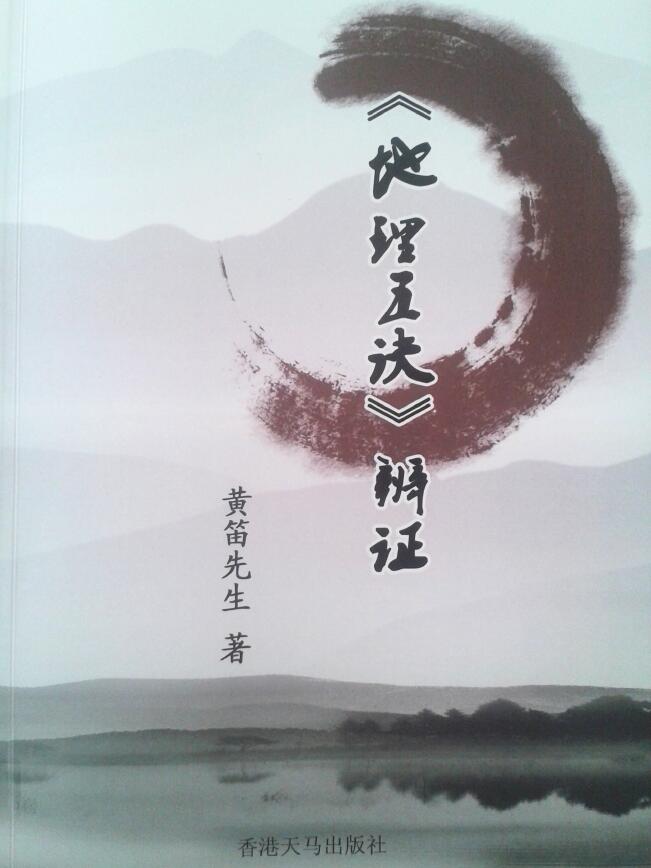

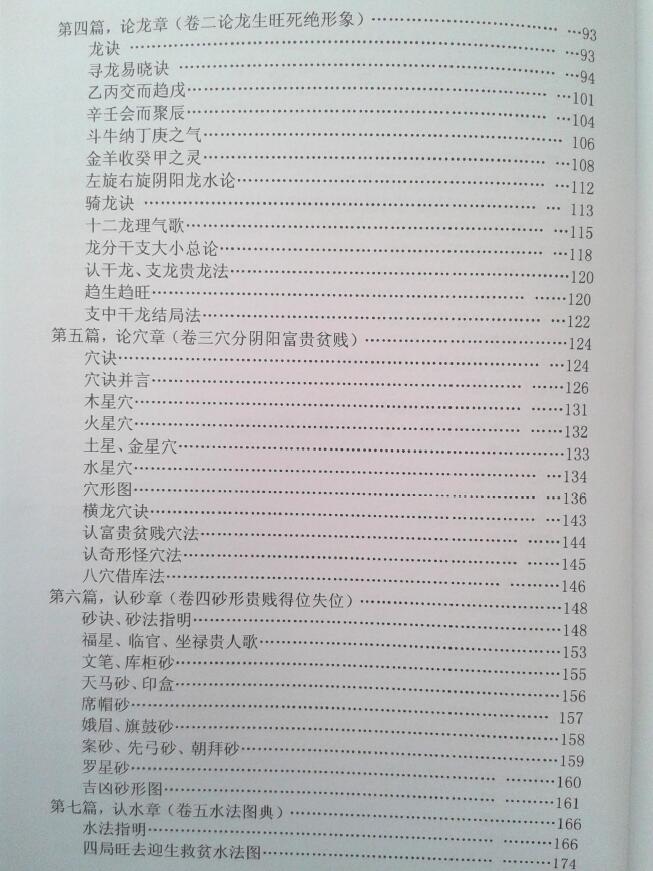
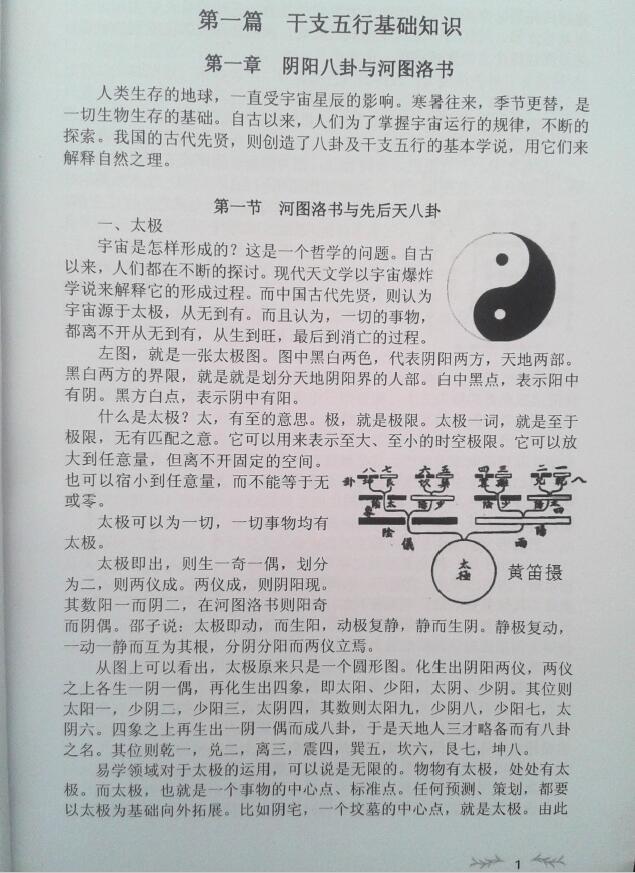
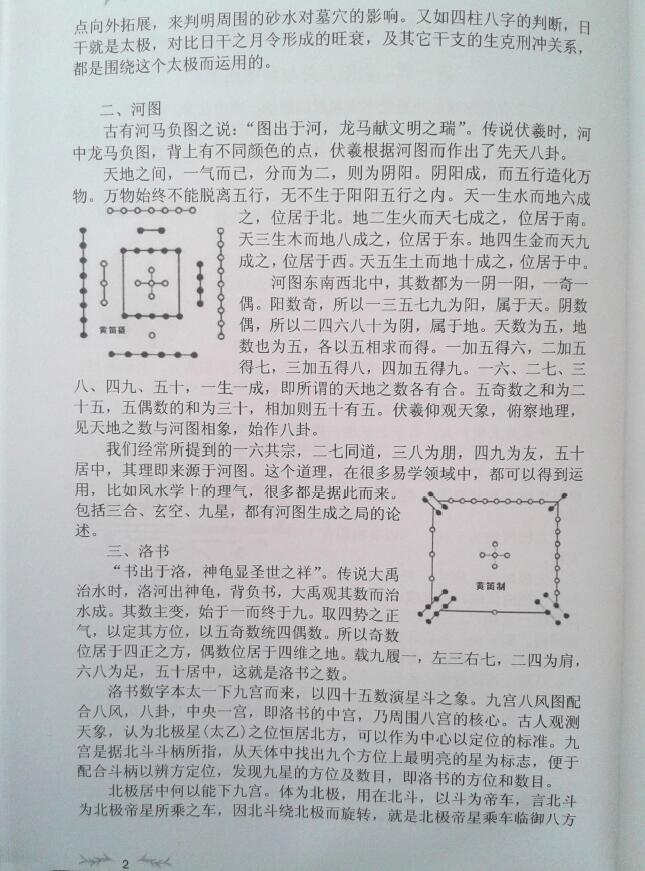

BOOK INFO:
- Publication Date: 未知
- Language: 中文
- Identifier: 内部视频
- Total Pages: 1
- File Type: PDF
Search Tags:
Download Link:
Payment Method:
1、Open Tittle
2、Click to Pay New
3、Click on the material you want to buy
4、Click on "Payment Methods"
5、Click on the material you want to buy
6、Choose from one of your existing payment methods or add a new one
7、Complete purchase
NOTE: If you add a payment method when making a purchase, it will be saved in your account.
